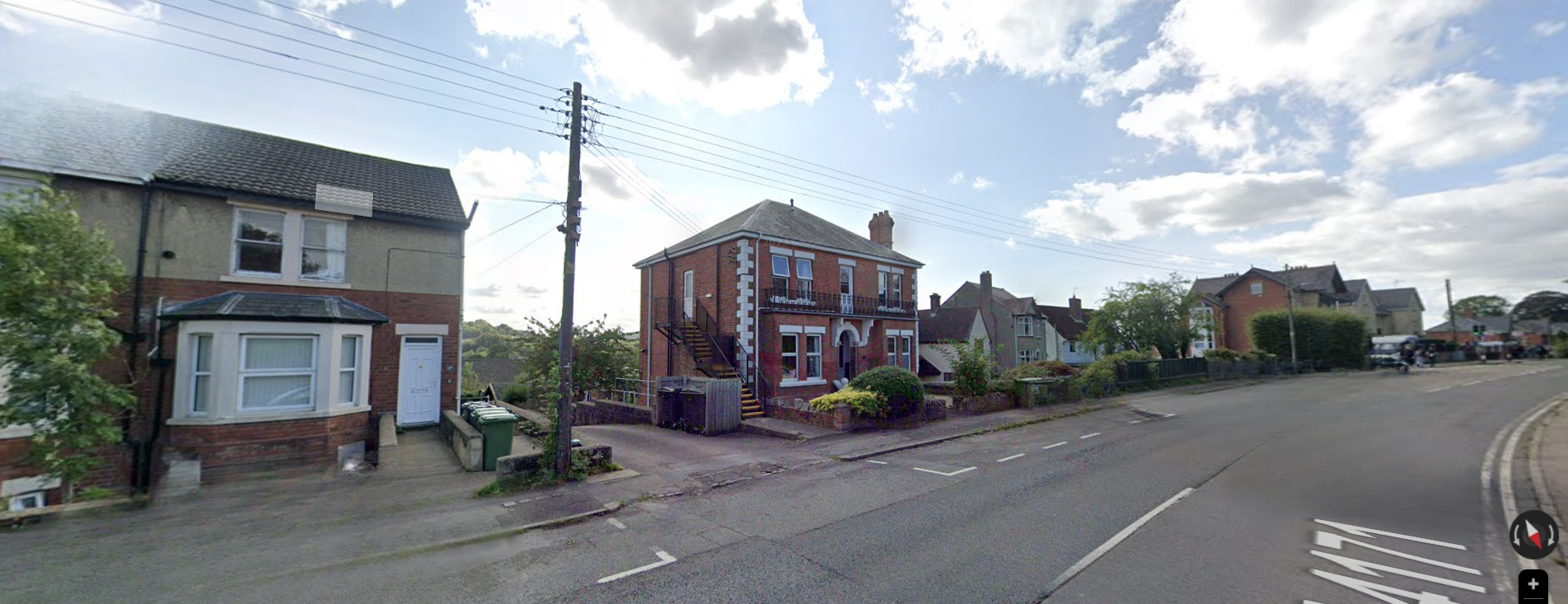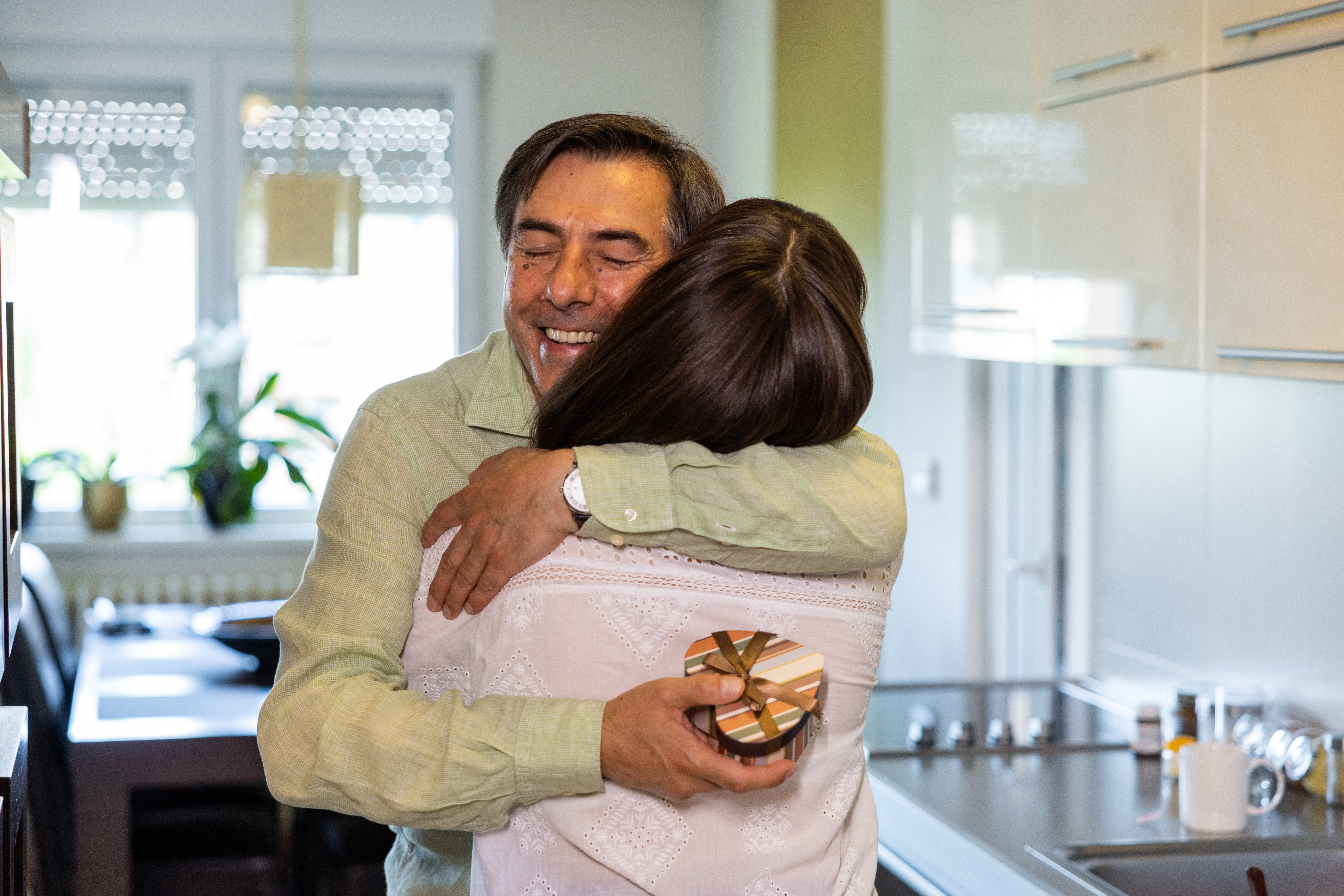Our daughter's recovery at Althea Park
....this approach needed to be future-focused, but it also needed to look back and understand the trauma that recovery from severe anorexia so often entails. Althea Park House (APH) held those two perspectives in balance and so a steady progression away from the past could occur without invalidating the battles that our daughter had already fought.
It was another set of parents whose daughter had been in a very similar position to ours who first told us about APH. My wife and I then researched it and thoroughly looked at their website. It then became our goal to, somehow, get our daughter there. We advocated for our daughter in every way we could; worked closely with her very experienced social worker to formulate an aftercare plan; and slowly but surely, we managed to get everyone on side about this being the appropriate next step. As funding for APH was clearly a make or break matter, we were hugely grateful that this was eventually agreed by our local authority and ICB.
Our daughter spent a year at APH, before finally returning home. During her time there, our daughter benefited from the greater freedom that she now had, but also from an environment that was still structured and very supportive. There was support during and after meals, however this was on a graduated scale so that it could taper as independence increased. Therapy was provided throughout to help with her past traumas, whilst skilled occupational therapy – most importantly with sensory integration – unlocked the link between her pervasive autistic anxiety and the anorexia.
We had come to realise that our daughter's anorexia was a maladapted coping strategy used to suppress the fears of trying to navigate a neurotypical world, as a neurodiverse person. If the autistic anxiety could be understood and lessened, then anorexia would start to lose its purpose and grip. From this foundational point, occupational therapy could then move on to engendering confidence in practical tasks, such as taking the train home, budgeting, meal planning and cooking. All of these were developed incrementally and carefully, so as to not overwhelm our daughter. At the same time, our daughter was also encouraged to take up volunteering and worked diligently once a week at a local hedgehog rescue centre. As our daughter is also autistic, her occupational therapist produced a colour-coded sensory ladder to assist her in recognising over or under stimulation and how to help our daughter move back to a balanced middle ground. A relapse prevention chart also gave tangible guidance to everyone, should strong eating disorder thoughts recur.
Probably the most noticeable change, from our perspective as parents, was the re-emergence of our daughter's love of playing her flute. Together with a friend she had made at APH, who is a really talented pianist, they played together almost every day. They put on concerts for the staff, for us, and at some nearby care homes too. This side of our daughter had been lost to the anorexia and to hear her playing music again was one of the surest signs that her wounded spirit was healing.
I think it fair to say that, for the time she was there, APH genuinely became a home. Crucially, it provided the necessary bridge to bring her back to her family and for that we are truly grateful.
*Image changed


